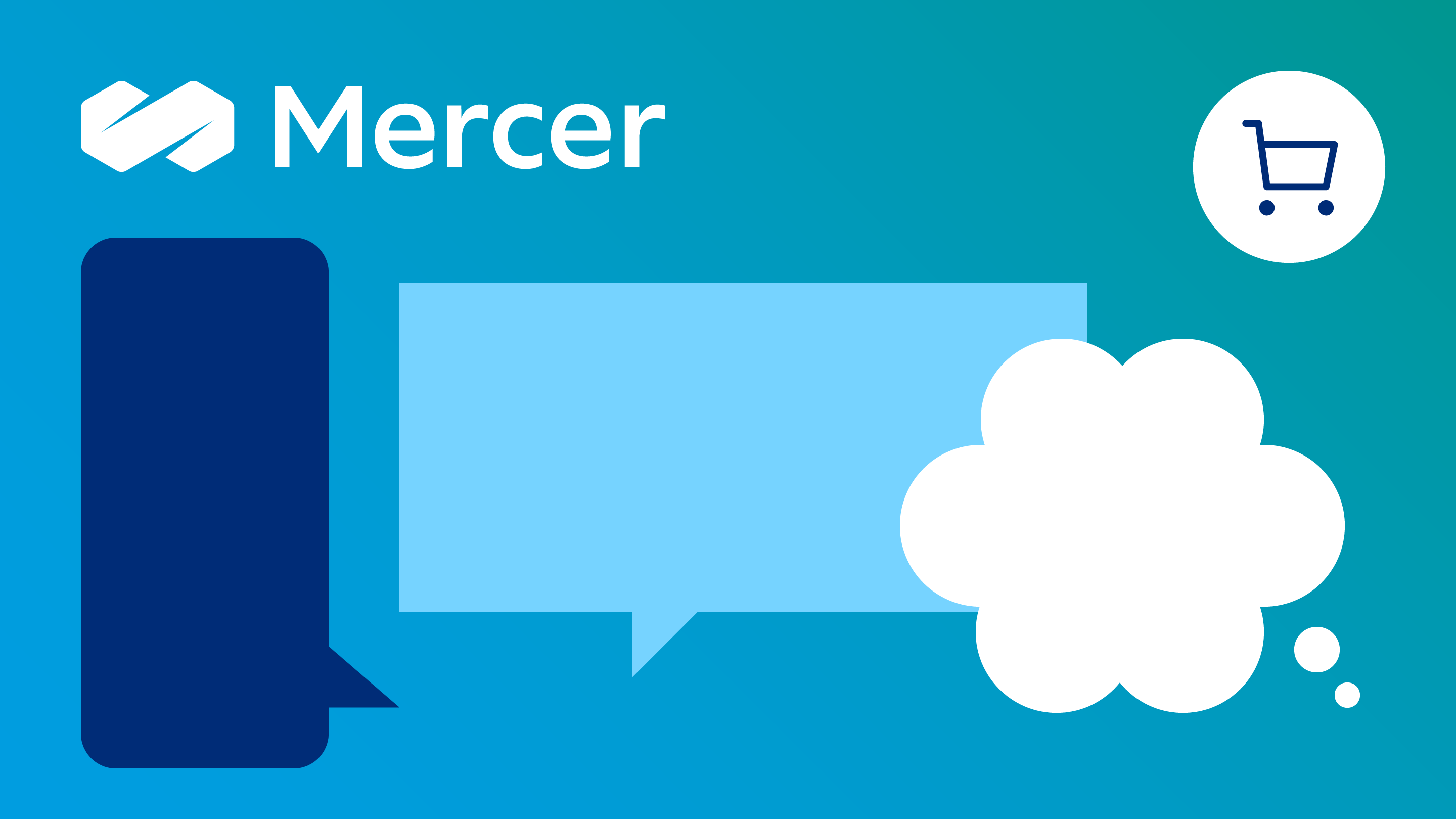Design an employee experience fit for the new shape of work
Reframing the employee experience
The challenge of creating a compelling employee experience isn’t new, but it’s certainly complex. A multifaceted subject with many intertwining entry points, it connects data, tools and a deep understanding of employees, culture, and both physical and nonphysical work environments.
Recent events have complicated matters. Employees are reconsidering their priorities and expectations, and people are increasingly looking to make work fit with life, rather than the other way around. This is welcoming in the next leap in the employee value proposition, characterised by a move from the “thrive contract” — employees and employers focused on well-being needs, including purpose, equity and impact — to the “lifestyle contract,” in which employers and employees are focused on getting a fair deal. People want to feel fulfilled through choice, connection and contribution.
The emerging lifestyle contract calls on companies to adapt their employee experience strategies — the intersection of their employees’ expectations, environments (culture, coworkers, leaders, processes, technology, workspaces) and events (both work and life). Are companies succeeding? Based on our 2024 Global Talent Trends study, even though 82% of employees express satisfaction in their current positions, nearly one-third of them still intend to depart this year. Surprisingly, Gen Z individuals appear to be the most content (85%) when compared to Boomers, who stand at 73%. However, both groups are equally inclined to consider leaving (35%).
Incorporating flexible working into work redesign can strengthen the employee experience, diversify the workforce, tap into non-traditional talent pools and access new skills.
Flexible and hybrid working has ushered in new challenges, and organisations are trying to get ahead by solving these questions:
-
How can we understand how the needs and circumstances of different populations have changed?
-
How can we segment and empathise with our people in more nuanced ways?
-
How can we co-create a targeted and focused solution that meets the needs of our most critical employee segments and challenges?
-
How can we design employee experience programmes and processes that are agile and can adapt to changing employee needs?
-
HR is being pulled in many directions — where are our gaps, what challenge areas should we prioritise so we can have the biggest impact and how do these fit in with our existing initiatives?
-
How can we use technology and data analytics to implement, optimise or create systems from which to draw insights continuously regarding the employee experience?
-
How can we best implement the proposed changes and develop a communication strategy in a hybrid world?
-
How can we ensure managers are equipped to make a difference in the employee experience in an increasingly diverse workforce?
-
How can we measure success and contextualise the results for planning in the broader HR sphere?
-
How can we design an employee experience strategy that’s linked to workforce strategy?
A deep understanding of the employee will not be enough. This year, the percentage of energised employees is at an all-time low. Creating an employee experience that energises people will be critical, and as many organisations undergo transformation, marrying the transformation agenda with improving the employee experience can hold the keys to sustainable growth. For example, by designing meaningful work to engage and retain people and creating “space” to focus on the employee experience.
Take this moment of profound change to make strides in improving the employee experience using design thinking and bringing your employees in focus.
Create experiences that people crave. Half of HR teams have integrated continuous listening platforms, while one in three have embraced design workshops with employees to rethink the employee experience — critical components to maintaining a winning experience.
Design a stand-out employee experience
Designing an employee experience focused on the individual is key to creating an enduring relationship, and no one is better placed to shape the employee experience than employees themselves. Mercer’s employee-led approach enables organisations to create a holistic roadmap and ensure employees have a curated, consumer-grade experience throughout their journeys by:
- Understanding employees’ diverse wants, needs and pain points
- Understanding the end-to-end journey through the employee lens
- Designing for targeted interaction with impactful experiences during moments that matter
Our approach is research driven and collaborative and uses Mercer consultants around the world and across a breadth of people-topics — whether talent, rewards, communication, engagement programmes or HR processes. We work with you to tell your story to provide an employee experience across the full spectrum of your organisation, prioritise your goals and develop a pragmatic roadmap.
Mercer's human-led approach comprises three key phases for designing a stand-out employee experience
-
Define the problem
- Analyse
- Empathise
- Define
This dialogue and research phase is designed to analyse and empathise with key people challenges influencing the employee experience and desired outcomes. We use workshops, analytics and data-driven insights from multiple sources, such as interviews, focus groups, engagement surveys and pulse surveys.
-
Design the right solution
- Ideate
- Prioritise
- Validate
This phase uses personas, journey-mapping and design-thinking techniques to co-create, prioritise and validate tailored solutions. It considers new and existing initiatives to help ensure that you’re focusing your energy where it makes the most sense.
-
Activate for maximum impact
- Plan
- Deploy
- Measure
This phase includes developing a change and communications strategy and determining branding and digital needs. Built-in feedback mechanisms, such as employee surveys and analytics, can help measure progress and add agility so you can adapt more effectively to employee needs and your business agenda.
Related products for purchase
-
Employee engagementGather critical insight into the needs of your workforce to optimise your employee value proposition.
-
Employee engagement
Allegro
Enhance experiences, unlock performance, and empower change with a strategic employee listening programme. -
Employee engagement
Engagement Snapshot® Survey
Agile and customisable employee listening surveys for small and mid-size organisations.
